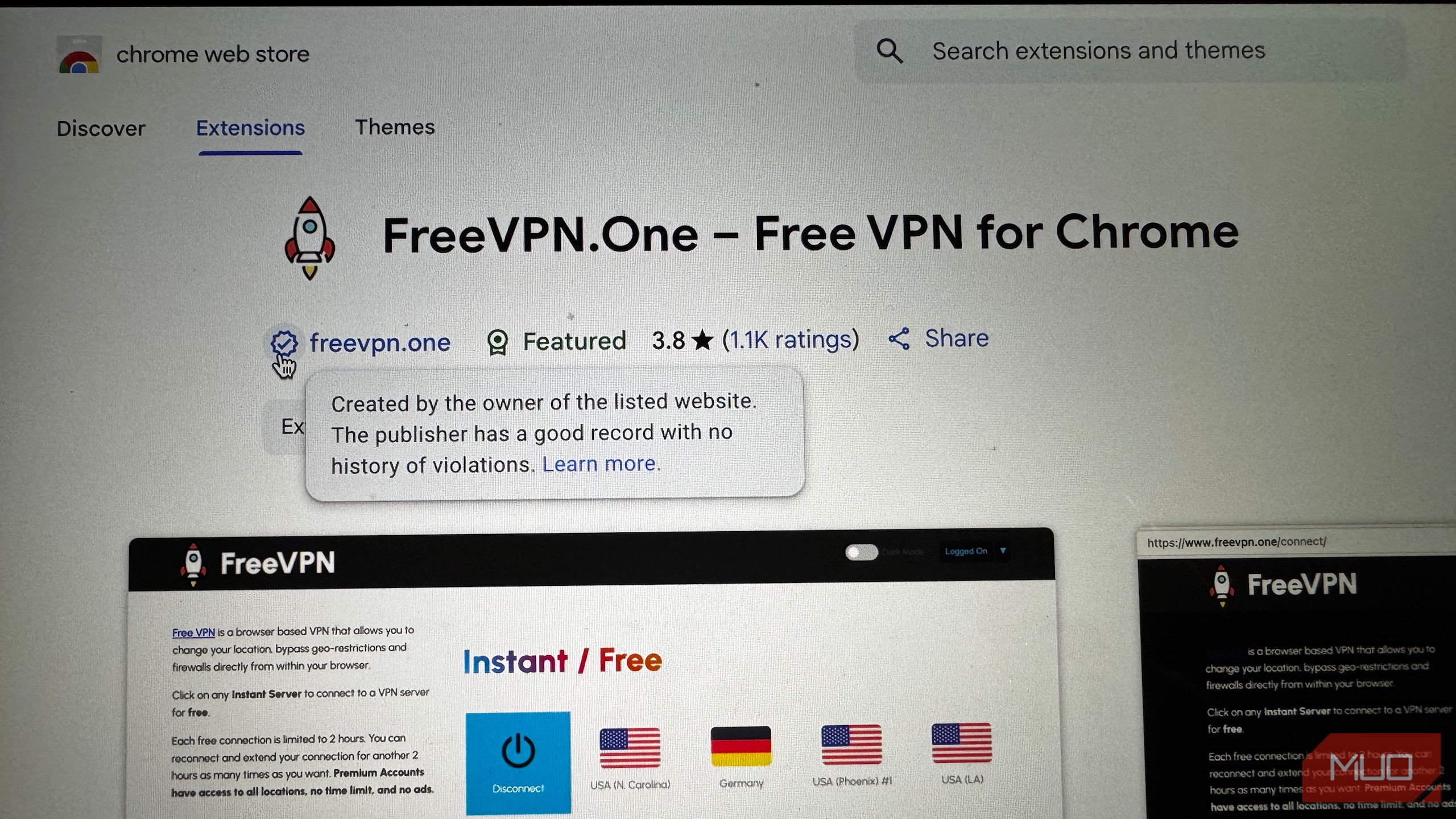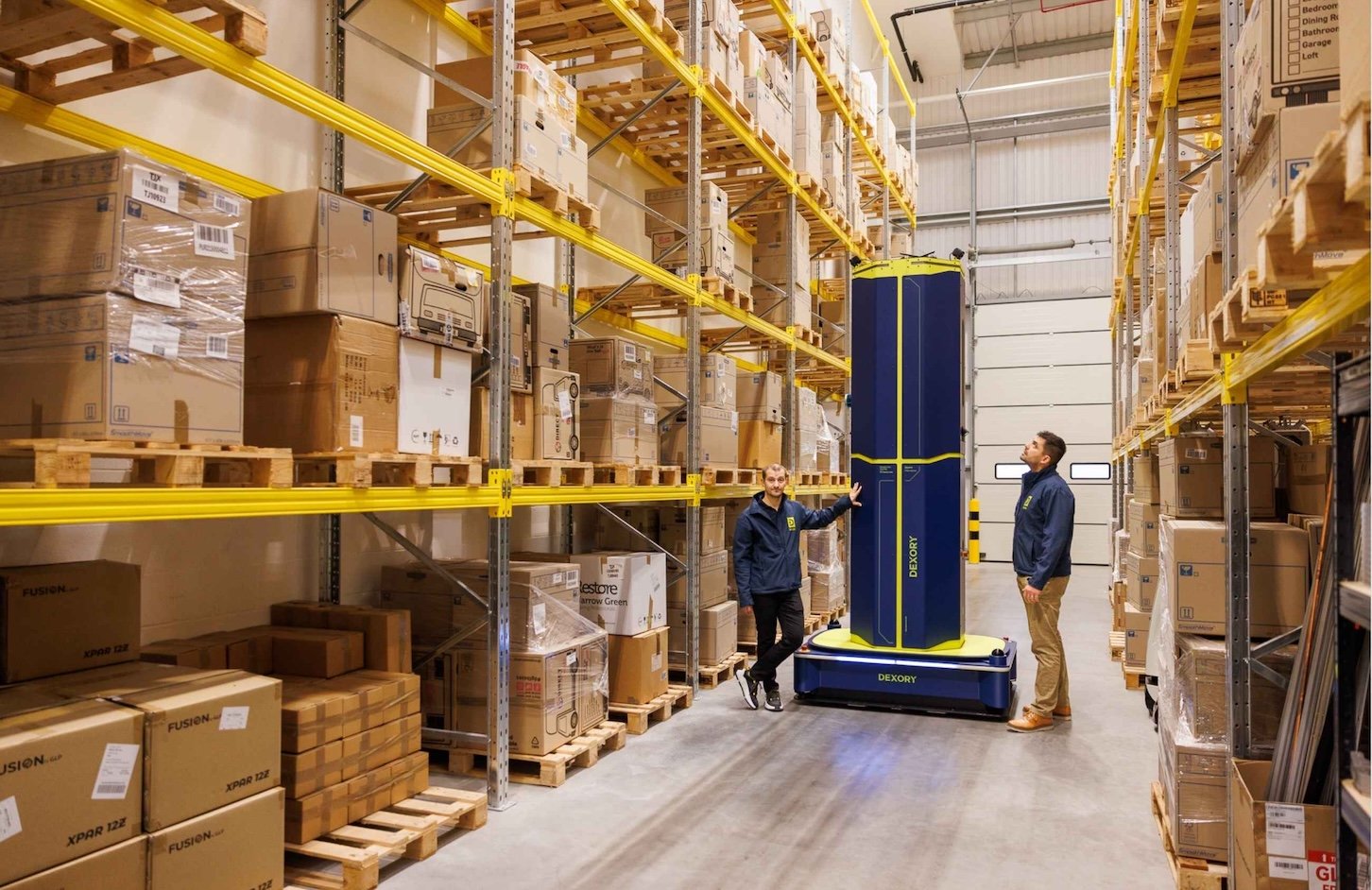When manufacturers like Samsung announced that their 2025 flagships supported Qi 2, I got excited.
Not only does the upgraded wireless standard offer faster wireless charging speeds, but more importantly, it offers support for magnetic accessories similar to Apple’s popular MagSafe technology. At least, it’s supposed to.
Instead, frustratingly for fans, most Android manufacturers have decided against adding magnets to the chassis of their smartphones, offering cases with magnets as an alternative. It’s fine, but it’s not true support for the technology.
Well, it looks like Google’s Pixel 10 collection, revealed today at Google’s big August event, is here to buck that trend with its own brand of MagSafe support dubbed Pixelsnap.
Phones like the Galaxy S25 Ultra offer Qi 2 support, but not really
Phones like the Samsung Galaxy S25 Ultra do technically support the Qi 2 standard, but neither includes the aforementioned built-in magnets that make Apple’s MagSafe alternative so popular. Instead, they focus more on other elements of the Qi 2 experience, like faster 25W wireless charging speeds.
To be fair to Samsung, it is rumoured to be including similar tech in its upcoming Galaxy S26 collection in early 2026, but it’s not here just yet.
Instead, Samsung and other phone manufacturers offer an awkward halfway house in the form of cases with built-in magnetic rings to offer that magnetic support fans have patiently awaited.
Sure, it technically works, but the fact you’re forced to use a case is a bit of a frustration – especially when modern phones look and feel so good without a case. Manufacturers haven’t made leaps and bounds in device durability just to have them shoved in chunky cases, after all.

It seems like Android users have had to make a choice between using a sleek device as the manufacturer intended or ending up with a slightly chunkier phone with MagSafe support. Well, Google has just fixed that issue with the Pixel 10 range.
Google’s Pixel 10 range is the first to natively support the tech
As confirmed by Google at the Pixel launch event, the entire Pixel lineup will offer support with MagSafe-style tech thanks to Qi 2.2 support – though it’s unsurprisingly not called MagSafe. That’s an Apple-branded feature, after all.
That said, Google’s Pixelsnap-branded alternative works in the exact same way as Apple’s alternative; it allows you to connect not only magnetic wireless chargers securely to the rear of the Pixel 10 collection, but other accessories like battery packs, stands, wallets or anything else that keen mobile accessory makers can imagine.
Google itself is expected to create a range of bespoke Pixelsnap-branded accessories designed for the new Pixel 10 collection, so there will be plenty of choice for owners from day one of release. That’s an even more tempting prospect than MagSafe was back at launch, with only a small handful of accessories available before Apple accessory makers got busy.
It’s also worth noting that the magnets aren’t just present in the bar-style Pixel 10, Pixel 10 Pro and Pixel 10 Pro XL, but also the foldable Pixel 10 Pro Fold.
That makes it the first foldable on the market from any brand to include built-in magnets, and along with the device’s impressive IP68 resistance – also a first for foldables – it should really make Google’s foldable stand out from the growing foldable crowd, even if it’s not as thin or light as Samsung’s sleek Galaxy Z Fold 7.


It’s not technically MagSafe, but accessories should work
While it’s technically not MagSafe, Google has confirmed that existing MagSafe accessories should play well with its Pixelsnap-branded alternative.
That makes a lot of sense. After all, Apple itself worked with the IWPC on the Qi 2 wireless standard, including the magnetic system that makes MagSafe so impressive, and that’s only a good thing for consumers.
It means that, just as Pixel owners can make use of MagSafe-branded accessories, the same should also be true of iPhone users who want to use a Pixelsnap-branded accessory. It’s true cross-platform compatibility, the way it should’ve always been.











